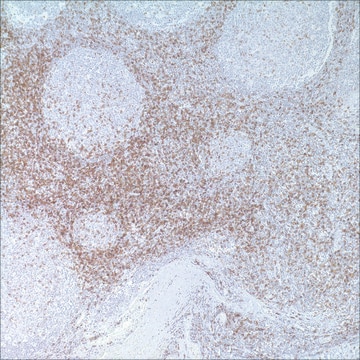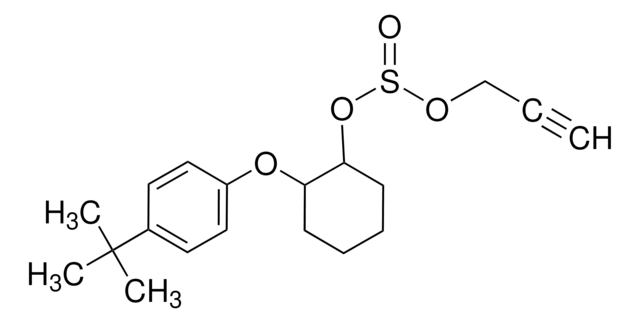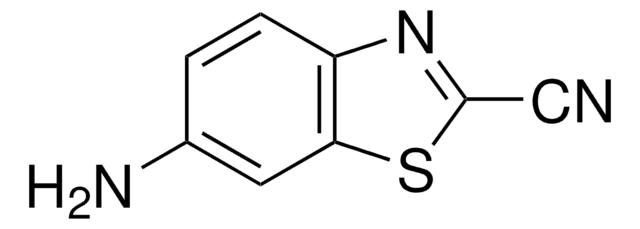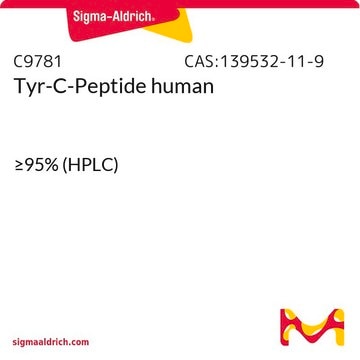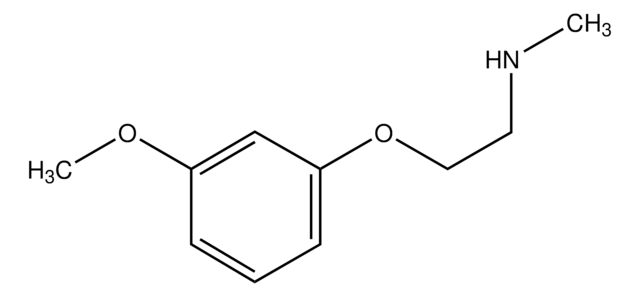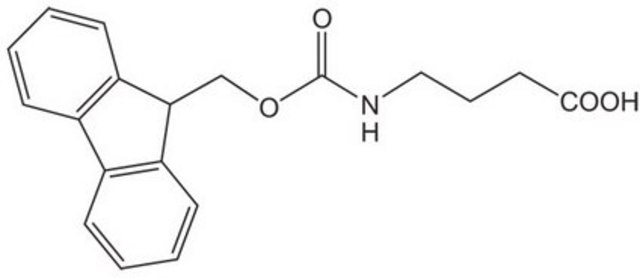SAE0117
Amelogenin, human
X isoform, recombinant, expressed in E. coli
Synonym(s):
AIH1, AMELX, AMG, AMGX, Amel
Sign Into View Organizational & Contract Pricing
All Photos(2)
About This Item
UNSPSC Code:
12352202
NACRES:
NA.26
Recommended Products
biological source
human
recombinant
expressed in E. coli
assay
≥90% (HPLC)
form
solid
impurities
≤1 EU/μg
shipped in
wet ice
storage temp.
−20°C
Gene Information
human ... AMELX(265)
General description
Research area: Neuroscience
Amelogenin, X isoform belongs to the family of closely related amelogenin proteins that participate in the amelogenesis process of teeth mineralization. Amelogenins account for more than 90% of the total protein in developing tooth enamel.
Amelogenin, X isoform belongs to the family of closely related amelogenin proteins that participate in the amelogenesis process of teeth mineralization. Amelogenins account for more than 90% of the total protein in developing tooth enamel.
Biochem/physiol Actions
Mutations in AMELX are responsible for the development of the rare disease Amelogenesis imperfecta 1E (AI1E), which is characterized by abnormal tooth enamel development. Amelogenins act both as attachment factors and as a growth factor for mesenchymal stem cells. Amelogenin is of increasing importance as a potential therapeutic agent for variety of application including treatment hard-to-heal wounds, promoting remineralization of caries lesions, and repairing human tooth enamel.
Preparation Note
The product can be reconstituted in water or 2% acetic acid in a concentration of 0.1-5 mg/ml. Tap vial to make sure protein is reconstituted. Aliquot reconstituted Amelogenin and store at -20 °C. Avoid repeated freeze/thaw cycles. Amelogenin may form thin clear film on some surfaces, leading to reduced concentration in solution. Exact Amelogenin concentration can be determined by absorption at 280nm. Amelogenin solution of 0.1% has A280=1.35
Other Notes
The product is supplied as lyophilized powder, prepared from a 0.2 μM filtered solution of Amelogenin in 2% acetic acid without any additives. The lyophilized product is essentially salt free. The biological activity of recombinant, human AMELX is measured by its ability to promote attachment of Saos-2 cells to a coated surface. The ED50 is defined as the amount of AMELX per cm2 that elicits 50% of the maximal attachment activity.
wgk_germany
WGK 3
flash_point_f
Not applicable
flash_point_c
Not applicable
Certificates of Analysis (COA)
Search for Certificates of Analysis (COA) by entering the products Lot/Batch Number. Lot and Batch Numbers can be found on a product’s label following the words ‘Lot’ or ‘Batch’.
Already Own This Product?
Find documentation for the products that you have recently purchased in the Document Library.
Qian Ren et al.
Archives of oral biology, 100, 42-48 (2019-02-21)
Nowadays, caries prevention focuses on controlling pathogenic bacteria, inhibiting demineralization and promoting re-mineralization. The aim of this study is to design a more clinically powerful anti-caries treatment by combining amelogenin-derived peptide QP5 with antibacterial chitosan in a hydrogel (CS-QP5 hydrogel)
Marco Romanelli et al.
Clinical interventions in aging, 3(2), 263-272 (2008-08-09)
Amelogenins are extracellular matrix proteins that, under physiological conditions, self-assemble into globular aggregates up to micron-sizes. Studies with periodontal fibroblasts indicate that attachment to these structures increases the endogenous secretion of multiple growth factors and cell proliferation. Pre-clinical and clinical
Maggie Zeichner-David et al.
European journal of oral sciences, 114 Suppl 1, 244-253 (2006-05-06)
Enamel proteins, particularly amelogenin, have been associated with other functions in addition to regulating enamel biomineralization. Extracts of enamel proteins are currently being used to regenerate periodontal tissues, and new studies suggest that enamel proteins might have chondrogenic and osteogenic
Regeneration of bone and periodontal ligament induced by recombinant amelogenin after periodontitis.
Haze, A. et al.
Journal of Cellular and Molecular Medicine, 13(6), 1110-1124 (2009)
Frank Schwarz et al.
Clinical oral investigations, 8(3), 165-171 (2004-04-03)
The purpose of the present study was to investigate the effects of an enamel matrix protein derivative (EMD) on attachment, proliferation, and viability of human SaOs(2) osteoblasts on titanium implants. A total of 220 sand-blasted and acid-etched (SLA) titanium discs
Our team of scientists has experience in all areas of research including Life Science, Material Science, Chemical Synthesis, Chromatography, Analytical and many others.
Contact Technical Service

